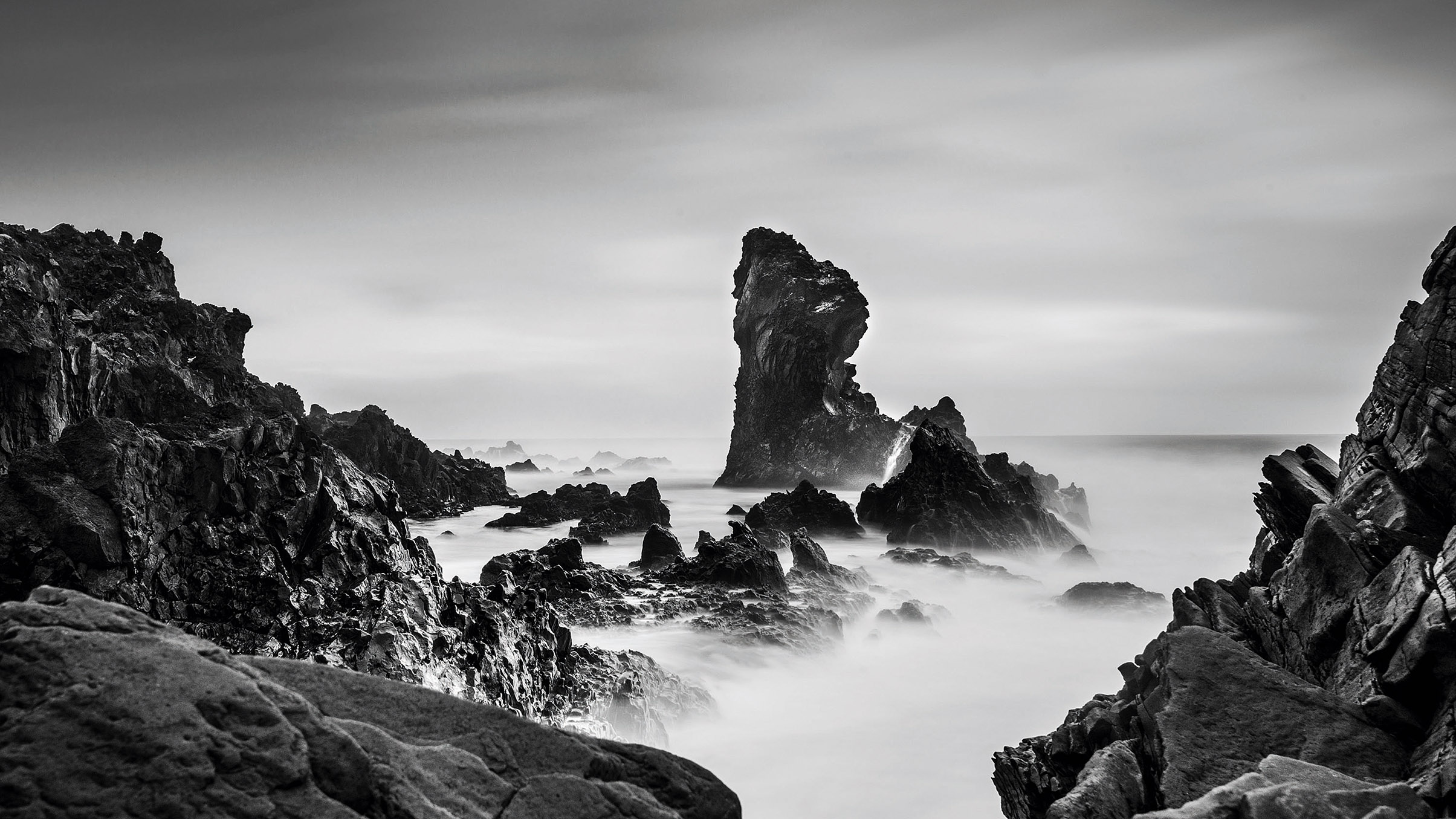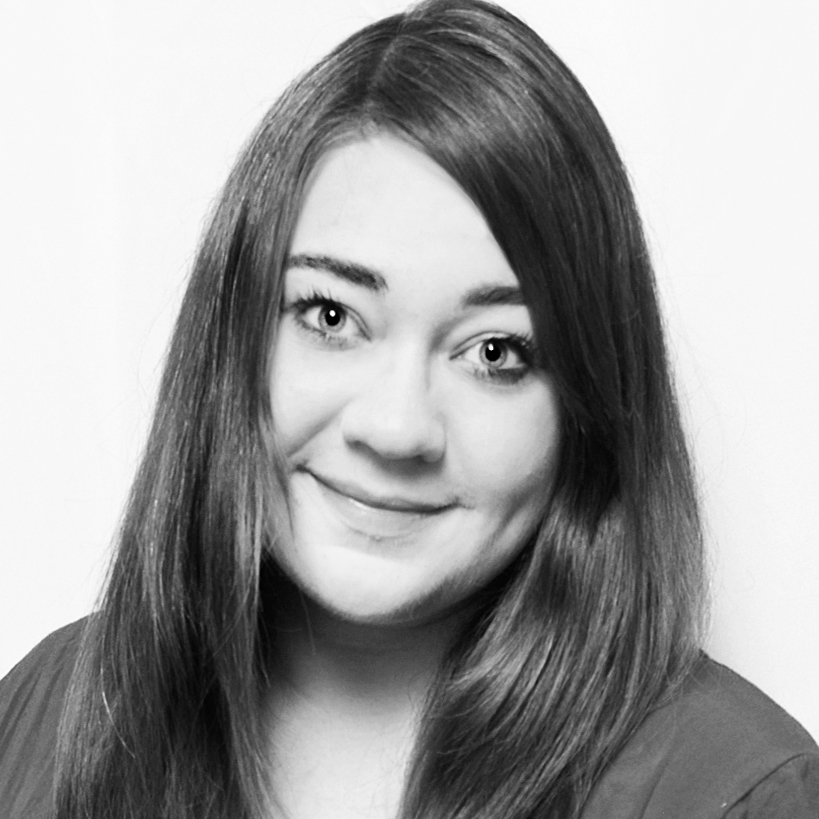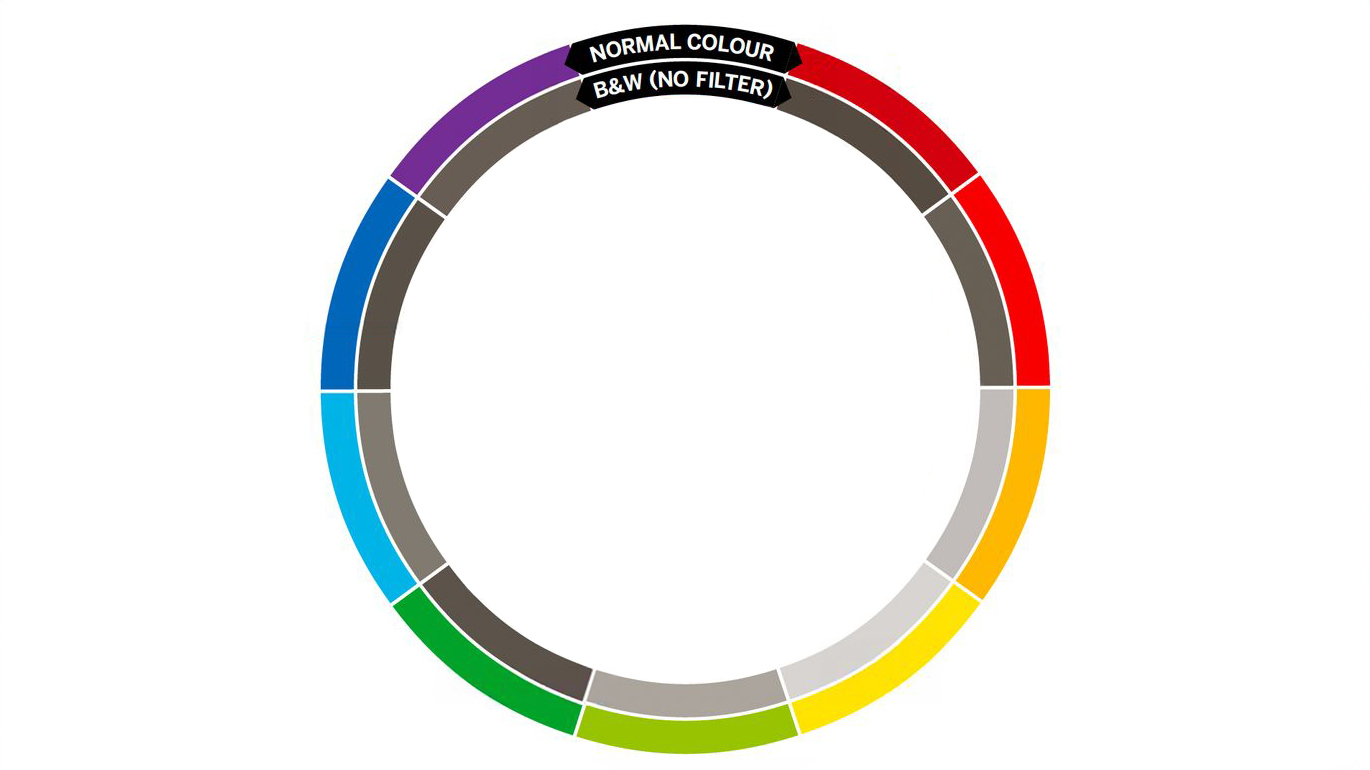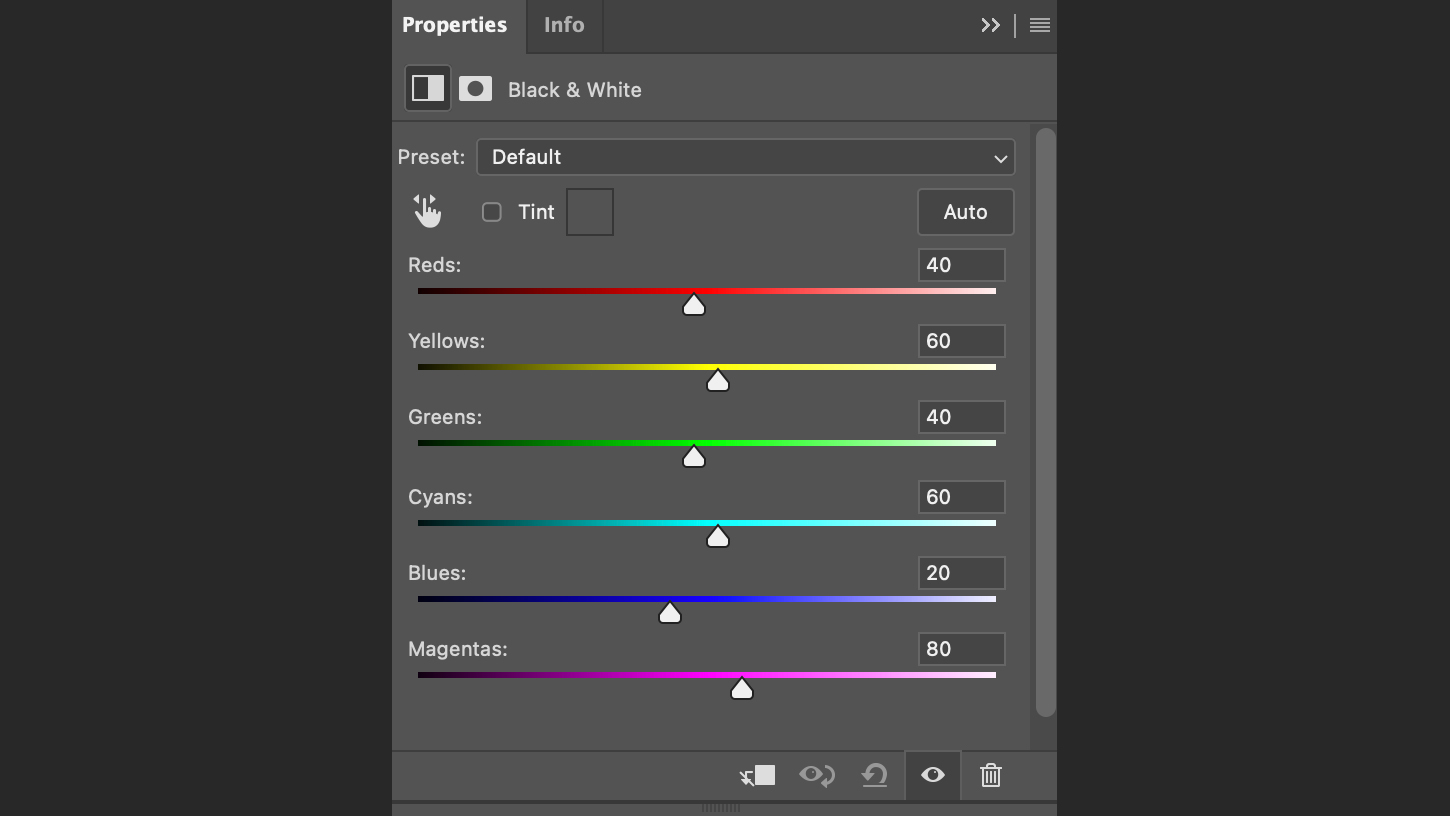The #1 mistake in black-and-white photography: Why monochrome images look flat – and how to fix it
Why black-and-white photos can appear dull or flat, and how shifting your approach can bring depth, clarity, and visual punch to your photographs

Black-and-white photography is timeless. From its roots in the 1800s to today's digital world, it continues to hold a powerful place in visual storytelling. Monochrome images are often praised for their emotional depth and dramatic feel – and rightly so.
But not every scene automatically works in black-and-white. Often, the issue lies in relying on color contrast instead of understanding luminosity – the true backbone of strong monochrome work.
Once you take color out of the equation, the weight of the image shifts. What makes a strong photo changes; without vibrant tones competing for attention, the focus lies on shapes, leading lines and emotional expression. That's one of the most powerful aspects of black and white photography. But don't mistake that for simplicity.
A color scene that looks fantastic to the eye – let's say a vibrant green field under a rich blue sky – might fall flat in black and white. Why? Because green and blue sit close together on the luminance scale. Convert both to grayscale, and you end up with a muddy, low-contrast image where everything melts into a gray soup with no visual anchor.
On the flip side, imagine a city street. The buildings cast deep shadows, but there's a single beam of light hitting a figure walking through. Boom – instant drama. That kind of lighting, that play between dark and light, is where black-and-white shines. It's all about luminosity contrast, not color contrast.
This is where training our eyes really comes in. We have to start thinking in light, not in color. That's not always easy, especially since we literally see the world in color.
Most modern cameras have a black-and-white preview mode, and using it can be a game-changer. This way, you can still shoot in color and keep all the important tone info for editing. But being able to see in monochrome while composing helps you spot those tonal differences and visualize the final image better.
The best camera deals, reviews, product advice, and unmissable photography news, direct to your inbox!
And here's a quick field trick I use all the time: close one eye and squint with the other. It simplifies the scene and helps you separate the light from the dark.
Post-processing is another key step in mastering black-and-white photography; it's not just desaturating your image and calling it a day.
Using a black-and-white adjustment layer in your editing software gives you precise control over how each color translates in grayscale. You can boost the luminosity of reds, darken the blues, tweak the greens – all to enhance your tonal range and bring depth to your image.
And if you want even more control in-camera, explore color filters – either digital presets or physical filters. They can help manipulate how different hues convert to greyscale and create more separation between elements. You can find my guide to B&W color theory here.
So, creating black-and-white photography isn't just removing color. It's a completely different way of seeing and photographing. A strong monochrome image doesn't happen by chance – it takes intentionality, vision and a deep understanding of light, contrast and form.
You might like...
Dive deeper into the monochrome topic. Here are tips on how to think in black and white and how to select in-camera B&W to master mono and keep color. You might also be interested in an opinion piece discussing why I won't buy a mono camera for my black-and-white photography.

Kim is a photographer, editor and writer with work published internationally. She holds a Master's degree in Photography and Media and was formerly Technique Editor at Digital Photographer, focusing on the art and science of photography. Blending technical expertise with visual insight, Kim explores photography's time-honored yet ever-evolving role in culture. Through her features, tutorials, and gear reviews, she aims to encourage readers to explore the medium more deeply and embrace its full creative potential.
You must confirm your public display name before commenting
Please logout and then login again, you will then be prompted to enter your display name.


